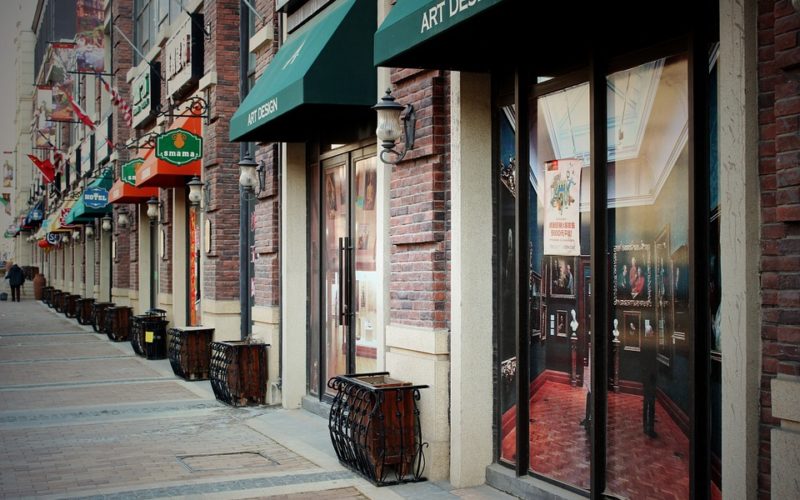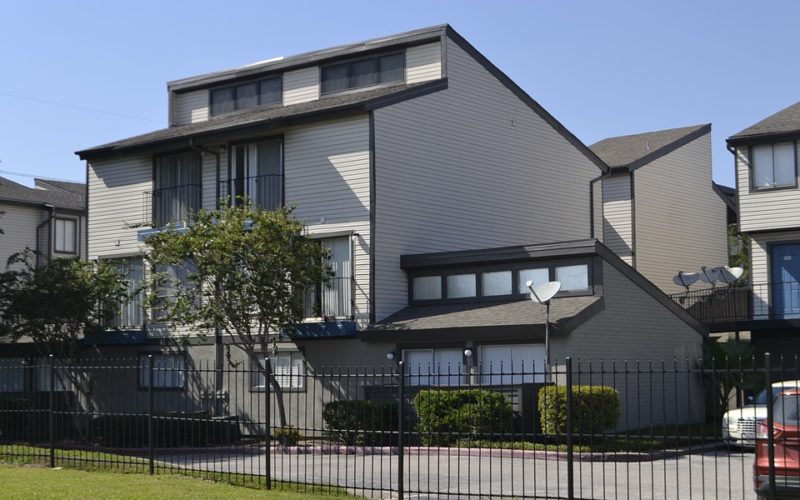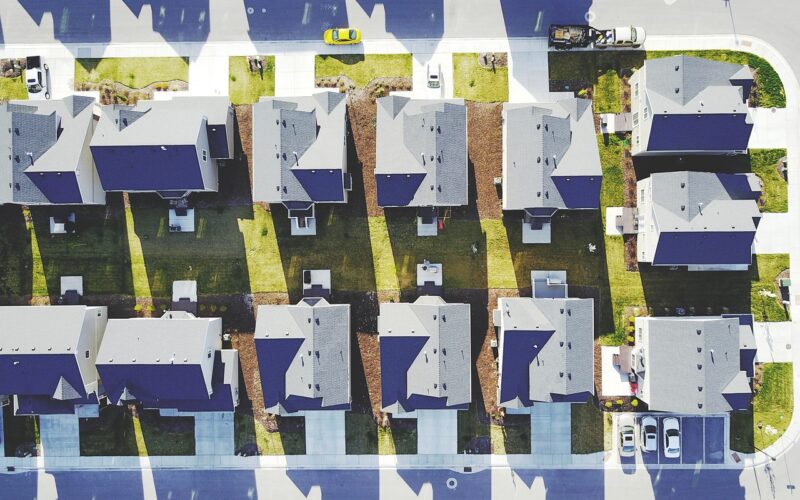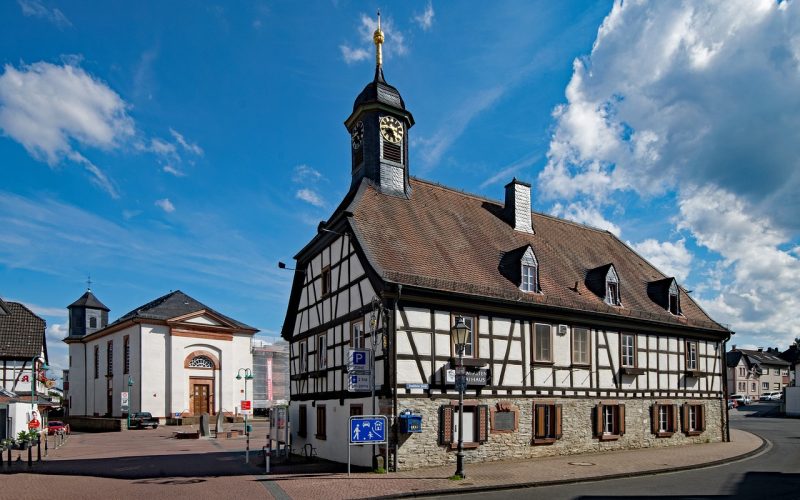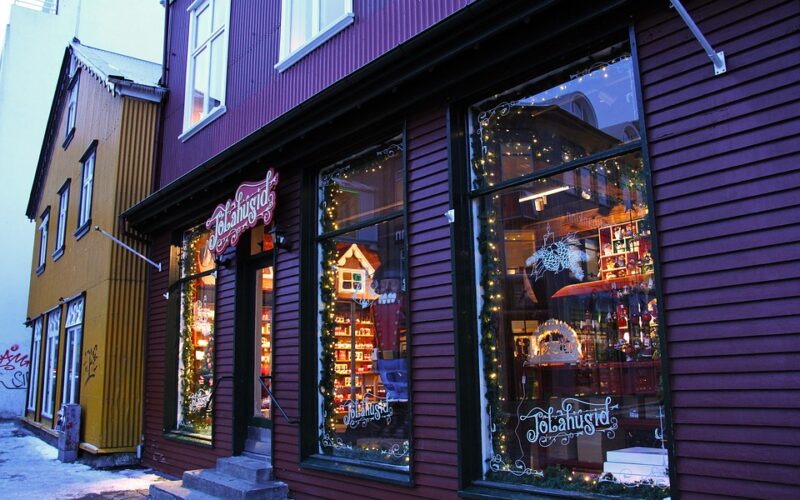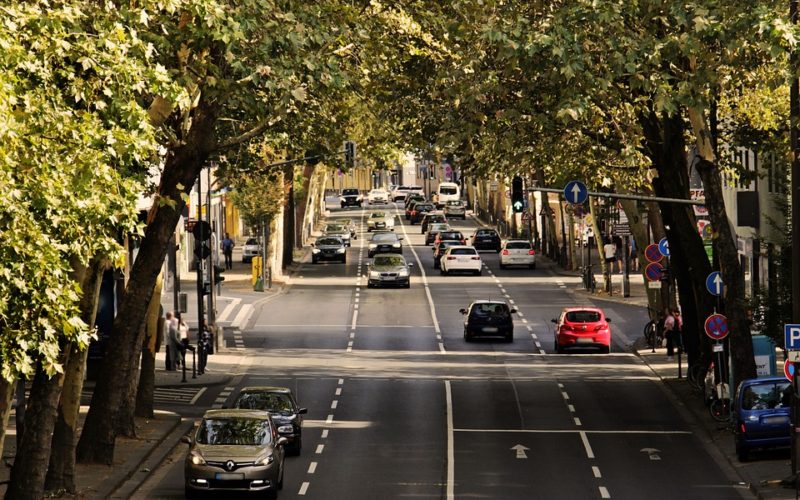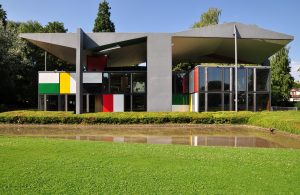Designing The Ideal Neighbourhood
Creating a vibrant and welcoming neighbourhood that caters to the needs of young professionals and families involves striking a delicate balance between modern convenience, community engagement, and sustainable living. Urban planners and architects must consider various factors, from infrastructure and amenities to lifestyle and environmental impact, to create dynamic living spaces that appeal to these demographics.
Understanding the needs of young professionals
Young professionals often prioritise convenience, connectivity, and work-life balance. With many working remotely or adopting flexible schedules, proximity to co-working spaces, cafes with robust Wi-Fi connections, and efficient public transport links are essential. Furthermore, they seek social and cultural experiences, making access to entertainment venues, gyms, and community hubs vital. In addition, affordability remains a crucial factor for this demographic, who may still be in the early stages of their careers.
Catering to family-friendly living
Families, on the other hand, focus on safety, educational opportunities, and recreational spaces. Access to reputable schools, childcare centres, and parks plays a significant role in attracting families to a neighbourhood. Additionally, having healthcare facilities nearby ensures peace of mind for parents. Families appreciate leisure amenities like playgrounds, sports facilities, and community centres that facilitate social interaction and foster a sense of belonging.
Integrating green spaces and sustainability
Both young professionals and families value sustainability and green living. Incorporating parks, pedestrian pathways, and cycling lanes into the urban design encourages active, eco-friendly lifestyles. Green spaces offer residents the chance to unwind and connect with nature, which is essential for mental and physical well-being. Sustainable building practices and energy-efficient infrastructure further contribute to reducing the neighbourhood's carbon footprint and appeal to environmentally conscious residents.
Fostering community engagement
Creating a sense of community is crucial in attracting young professionals and families. Developing spaces that encourage social interaction, such as communal gardens, event spaces, and neighbourhood markets, helps establish a vibrant community atmosphere. Organising regular events, workshops, and cultural festivals can further enhance community bonds, creating a lively and inclusive environment.
Ensuring effective transport and connectivity
Efficient connectivity is vital for attracting young professionals and families alike. Proximity to public transport options, such as buses, trams, and trains, ensures seamless access to city centres and reduces reliance on cars. Implementing smart technology solutions, such as charging stations for electric vehicles and integrated transport apps, can further enhance convenience and accessibility.
Balancing residential and commercial spaces
A harmonious blend of residential and commercial spaces is essential for a thriving neighbourhood. Mixed-use developments that combine housing with retail, dining, and entertainment options provide residents with everything they need within a short distance. This approach encourages local businesses to flourish, contributes to the local economy, and enhances the overall appeal of the area.
By understanding the unique needs and preferences of young professionals and families, urban developers can create neighbourhoods that not only meet their expectations but also foster long-term engagement and satisfaction. Through careful planning, innovative design, and a commitment to sustainability, neighbourhoods can evolve into dynamic, inclusive communities where people thrive.

